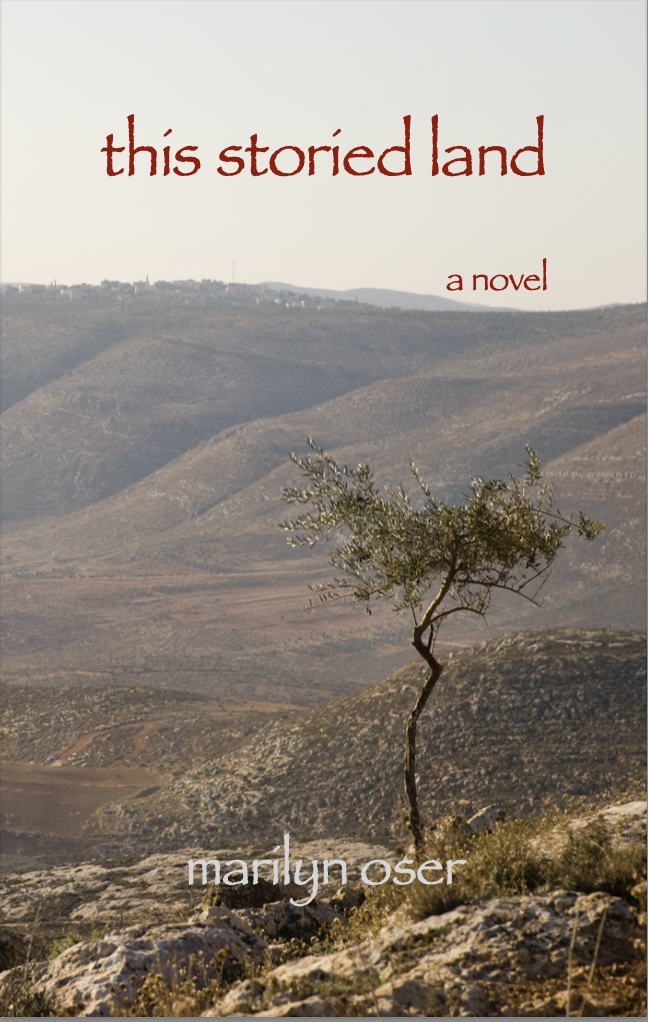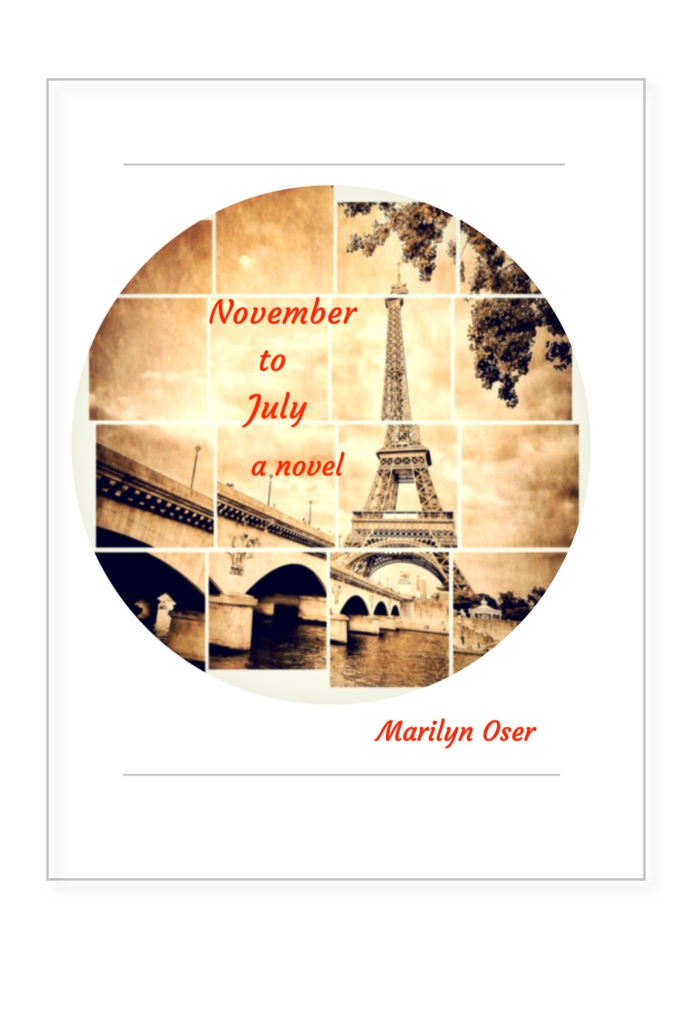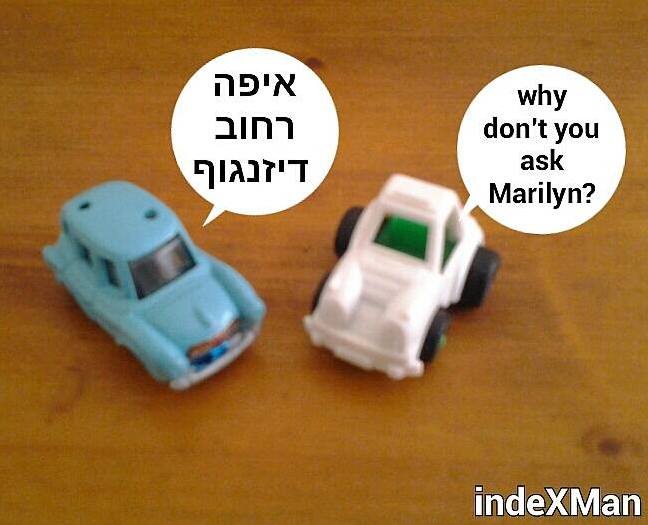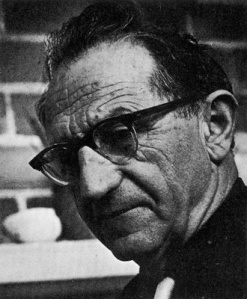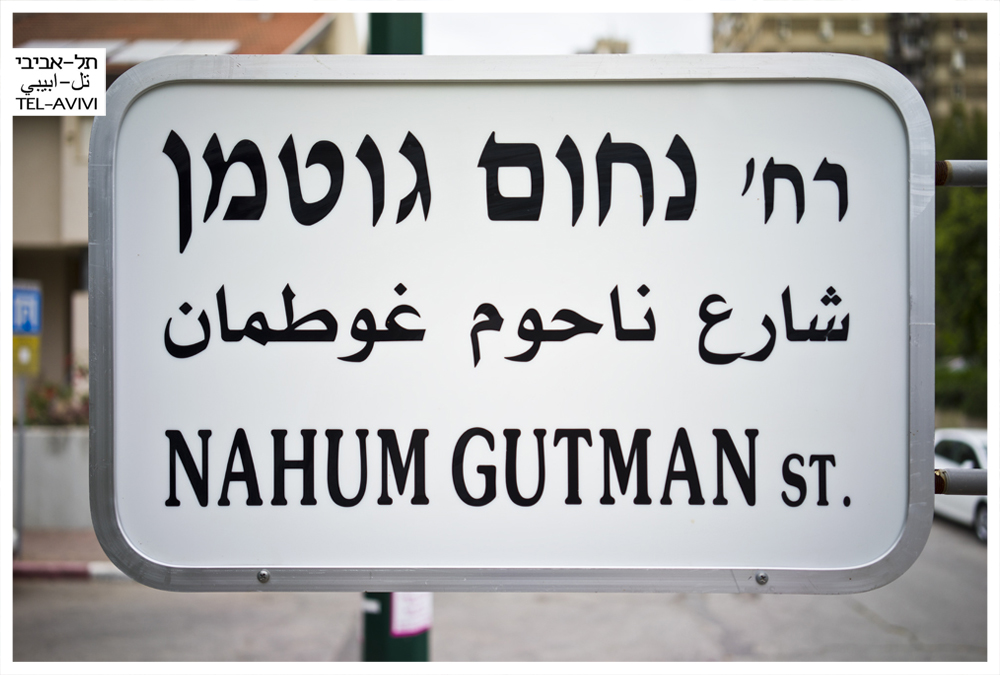Prolific Yiddish playwright, author and editor
1. David Pinsky was born in 1872 in Mogilev – now in Belarus – and spent his early years in Vitebsk, where he attended cheder. When he was thirteen, his family moved to Moscow, where his father supplied clothing and decoration to the military. There, he began secular studies.
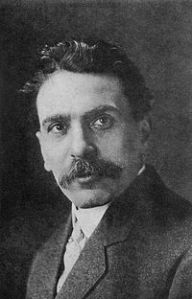 2. In 1891, he went to Vienna to study medicine, but his father was expelled from Moscow the following year (as were all Jews). The family were ruined; Pinsky joined them in Warsaw and became employed as a teacher. As a boy, he had conceived the notion of becoming an actor, and at the age of twelve had written a play for two friends, which was staged in his grandmother’s apartment. Now, in Warsaw, he became the friend of Y.L. Peretz [see my post of 9/24/14] and embarked on a literary career.
2. In 1891, he went to Vienna to study medicine, but his father was expelled from Moscow the following year (as were all Jews). The family were ruined; Pinsky joined them in Warsaw and became employed as a teacher. As a boy, he had conceived the notion of becoming an actor, and at the age of twelve had written a play for two friends, which was staged in his grandmother’s apartment. Now, in Warsaw, he became the friend of Y.L. Peretz [see my post of 9/24/14] and embarked on a literary career.
3. His first short story, “The Great Philanthropist,” was published in 1894. With Peretz, he established a publishing house with the aim of using literature to bring about a new social order for workers. He was the main contributor to two periodicals published by him together with Peretz and Mordecai Spector, publicizing socialist ideas. He joined the Bund, demonstrating his keen interest in the welfare of working people; and he became known among the elite Jewish writers in Warsaw.
4. By 1896 he was studying at the University of Berlin and writing for a Yiddish-American newspaper, Dos Abend Blatt (The Evening Paper), the official newspaper of the Socialist Workers’ Party.
5. In 1899, at the invitation of the editor of the paper, he moved to New York City, where he would live for the next fifty years. He was a contributor to, and editor of, fiction for Dos Abend Blatt, and he wrote for other socialist papers, as well.
6. He is remembered today primarily for his plays. In 1904, The Family Tsvi opened in New York – a play depicting the conflicting forces of modernism and tradition affecting Jews and decrying the passive acceptance of violence against Jews. It is said that he ducked his qualifying exam at Columbia, where he was studying for a doctorate in German language and literature, to attend the opening – thereby forfeiting the degree.
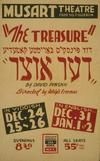 7. In all, he was to write more than sixty plays, in addition to novels, stories, poetry and journalism. The plays were staged in the Americas and in Europe, in Yiddish or in German, Russian, Hebrew or English translations. They were performed by leading actors of the day, including Stella Adler, Menashe Skolnik, Ida Kaminska and Annie Tomashefsky.
7. In all, he was to write more than sixty plays, in addition to novels, stories, poetry and journalism. The plays were staged in the Americas and in Europe, in Yiddish or in German, Russian, Hebrew or English translations. They were performed by leading actors of the day, including Stella Adler, Menashe Skolnik, Ida Kaminska and Annie Tomashefsky.
8. His work dealt with issues of the common working man, with Jewish legends, Biblical characters, messianic figures and Israeli pioneers. He was the first president of the Yiddish PEN Club.
9. In 1916 he became a member of the central committee of Poale Zion, the labor Zionist movement. For a time he edited its journal and its two daily newspapers. He founded the Farband, a Labor Zionist organization, and served as its president from 1919-22 and 1933-48.
 10. In addition, he was president of the Jewish National Workers Alliance in 1920-22, and he served on the board of HIAS (Hebrew Immigrant Aid Society) through most of the 1940s. From 1930-53 he was president of the Jewish Culture Society.
10. In addition, he was president of the Jewish National Workers Alliance in 1920-22, and he served on the board of HIAS (Hebrew Immigrant Aid Society) through most of the 1940s. From 1930-53 he was president of the Jewish Culture Society.
11. In 1938, one of his plays, concerning the adulterous love between two people, was adapted into a movie: “The Singing Blacksmith,” starring Moishe Oysher and featuring the first film performance by Hershel Bernardi.
12. In 1949 he emigrated to Israel. He continued writing, though Yiddish was by then in great decline. His home on Mount Carmel became a gathering place for young writers. He died there, in Haifa, in 1959.
In Haifa, You’ll find Pinsky Street just west of the Haifa Auditorium.

